Animal Remains Excavated from Lothal Archaeological Site (Gujarat) and Relevance of the Fauna to This Ancient Civilization
Synopsis
The Indus Valley has been known to be the centre of one of the earliest civilization of the world, ever since the discovery of Harappa and Mohenjodaro in 1921-22. Hardly any site of the Indus (Harappa) civilization was discovered within the present day Indian territory at the time of independence and partition of the Indian subcontinent in 1947. The Archaeological Survey of India took up the task of exploring regions, east of Indus Valley for finding out Harappan sites. The renewed excavation resulted in the discovery of at least forty Harappan sites in Saurashtra (in Gujarat), the most important among them being Lothal. The word 'Lothal' in Gujarati formed by combining two words "Loth' and 'Thal' (Sthal) means mound of dead. Interestingly, the word 'Mohenjodaro; in Sindhi carries the same meaning. Lothal lies between two ranns or salt waters, namely, Rann of Cambay on the south and the little Rann of Kutch on the north, with the Nal Lake in the centre. The ancient mound, in a flat featureless alluvial lowland was situated on the northern margin of the boundary line separating Saragwala village from Laxmipura and was coming under the revenue jurisdiction of Saragwala, administered by the Collectorate of Ahmedabad.
Read more
18.00
16.2
$
20.00 $
Free delivery Wolrdwidе in 10-18 days
Ships in 2-4 days from New Delhi
Membership for 1 Year $35.00
Get it now and save 10%
Get it now and save 10%
BECOME A MEMBER
Books by the same authors
-
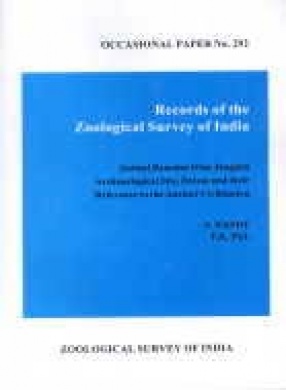
Animal Remains from Jaugada Archaeological Site, Orissa and Their Relevance to the Ancient Civilization
-
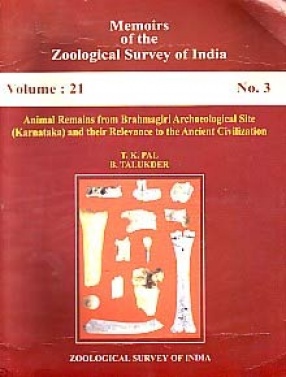
Animal Remains from Brahmagiri Archaeological Site, Karnataka and Their Relevance to the Ancient Civilization
-
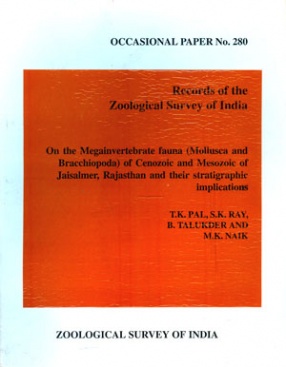
On the Megainvertebrate Fauna (Mollusca, Bracchiopoda) of Cenozoic and Mesozoic of Jaisalmer, Rajasthan and their Stratigraphic Implications
Similar items
-
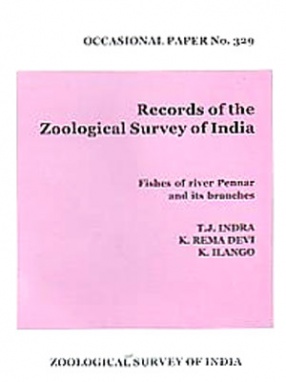
Records of the Zoological Survey of India: Fishes of River Pennar and its Branches
-
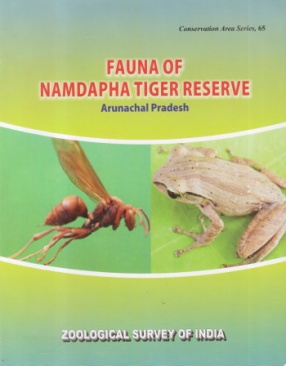
Fauna of Namdapha Tiger Reserve Arunachal Pradesh
-
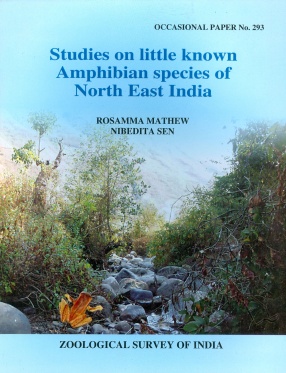
Studies on Little Known Amphibian Species of North East India
-

Contributions to the Knowledge of the Bark and Timber Beetles (Scolytidae: Coleoptera) of the Andaman and Nicobar Islands


Bibliographic information
M. Ghosh
T K Pal